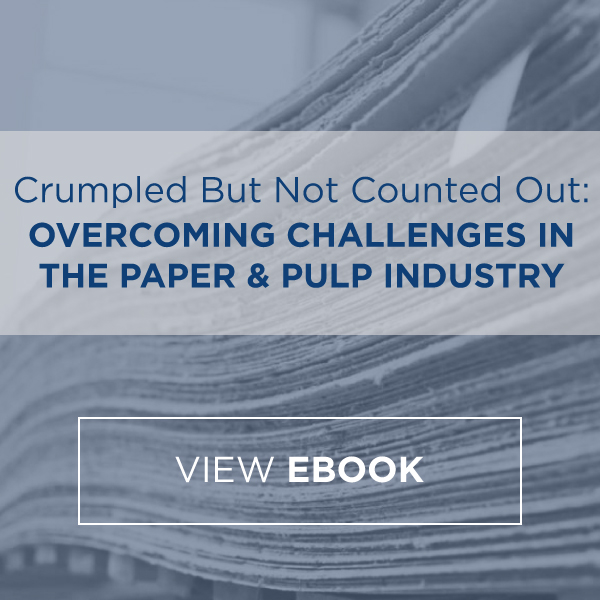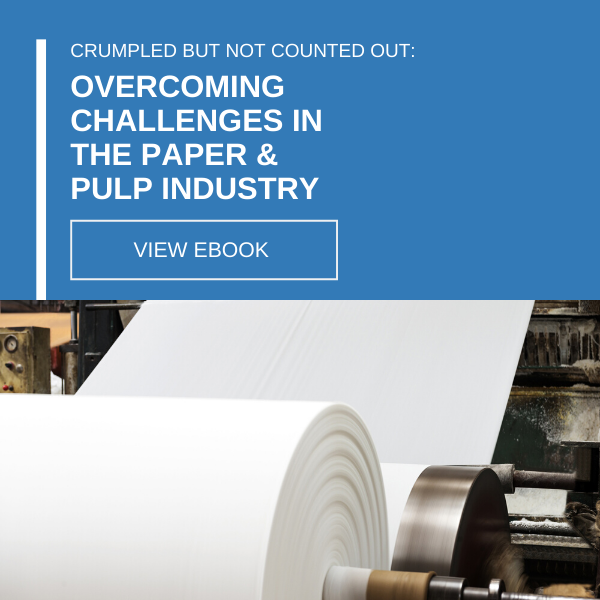
Paper and Pulp: Where do we go from here?
What will be the future of paper in a world under conquest by paperless media?
Inquiring mills around the world want to know. While the news certainly won’t send pulp and paper producers into fits of celebration, it is by no means a death sentence to the industry. Rather, these trying times are fertile ground for active reflection and decision-making.
It would be inaccurate, or at least misleading, to say that paper production overall has plummeted over the past decade. According to a report from Hawkins Wright, a market intelligence service provider,paper production grew adequately in emerging markets and developing nations over the previous decade. But even these small successes come with caveats. For one, growth has slowed in these regions in the last few years.
Waning economic activity in mature markets, however, indicates a much bigger problem. Generally speaking, if the maturity of a region triggers a drop-off in production volumes – say, a developing country develops beyond the need for an abundance of paper products – then the industry as a whole has seen where its limit lies. Research from RISI corroborated this phenomenon: Global printing and writing paper forecasts from 2007, when demand peaked, projected figures around 40 million metric tons more than what the numbers currently are. And while predictions from the heyday of 2007 climb higher into 2017 and beyond, the reality is demand has slipped and plateaued.
What does this tell us about paper and pulp? Barring innovation, across-the-board production will continue its downward trajectory regardless of region and flatten out.
While immediate fixed cost slashing may relieve economic pressure for paper and pulp mills, it isn’t a panacea. These facilities will need to address their variable costs as well. Takt time, maintenance spend, uptime disruption, resource utilization, waste – nothing can be taken for granted. This is an opportunity to reinvent this industry from the ground up. Managing these factors allows mills to confidently meet the expectations of the modern consumer and generate profit instead of playing catch-up in perpetuity.
To answer questions you have about the status of paper and pulp in 2017, as well as the best methods for reining in the industry’s most formidable costs, we’ve written an eBook on the subject: Crumpled But Not Counted Out. Check it out here.






